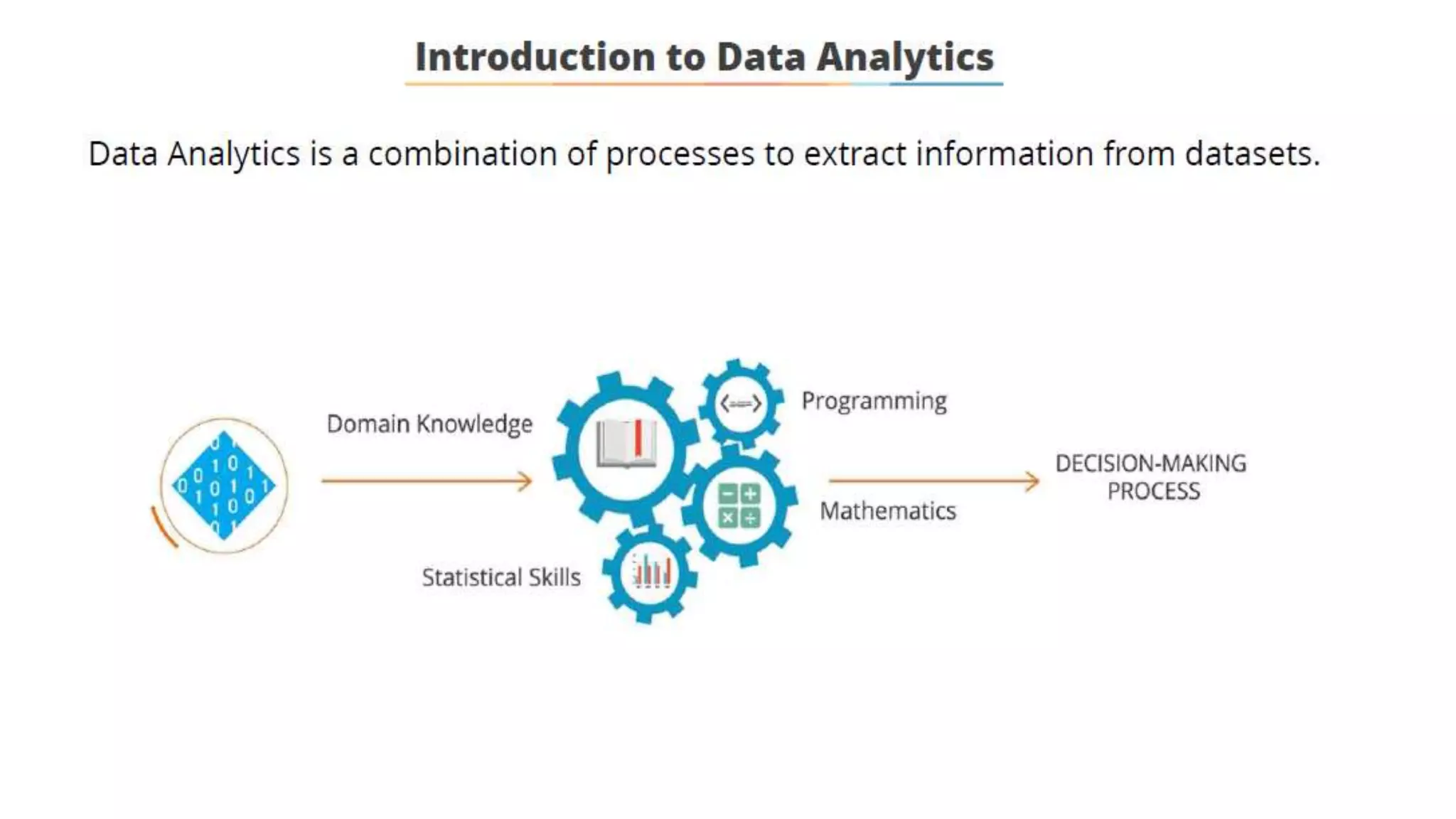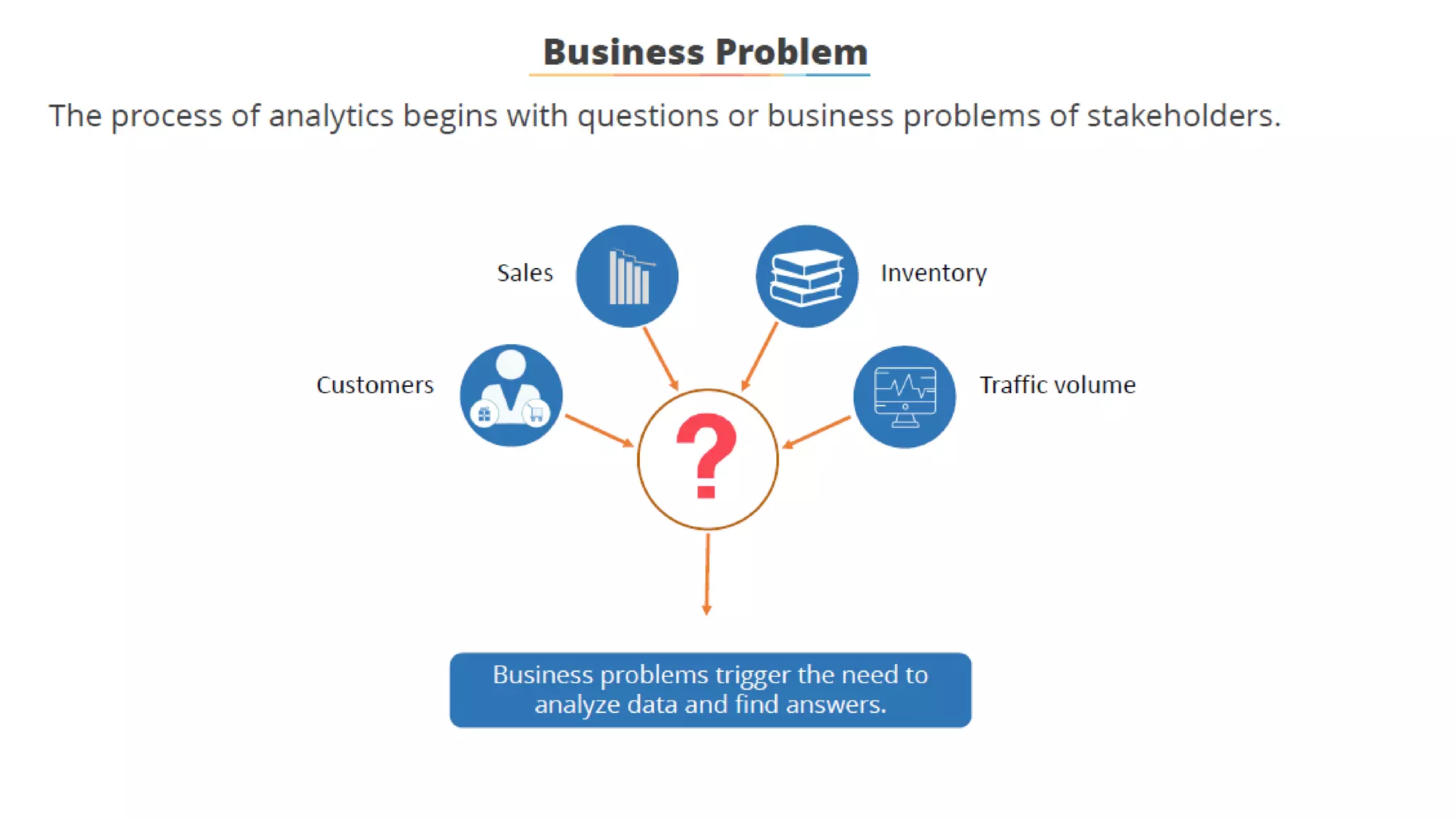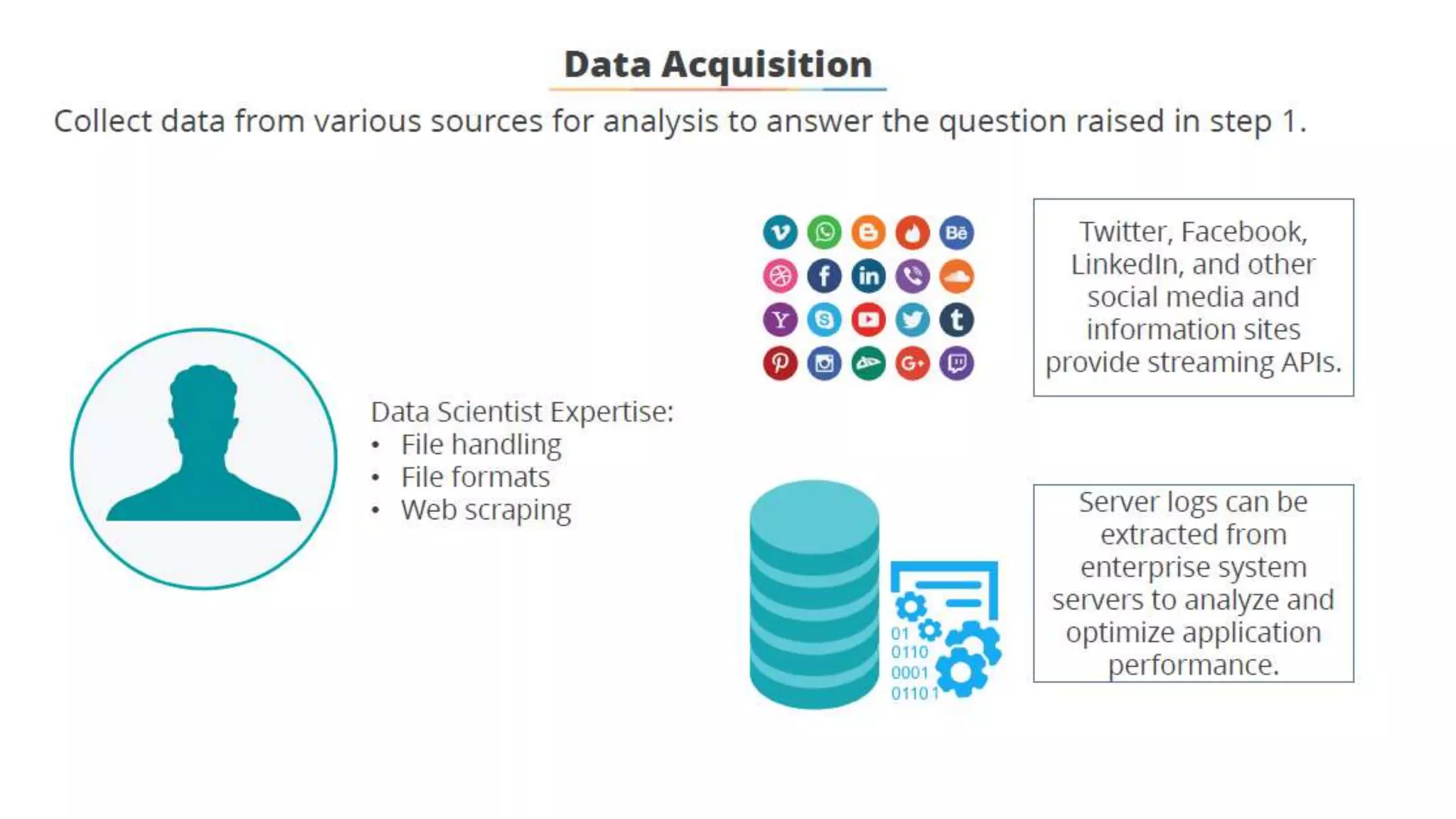This document provides an overview and agenda for a hands-on introduction to data science. It includes the following sections: Data Science Overview and Intro to R (90 minutes), Exploratory Data Analysis (60 minutes), and Logistic Regression Model (30 minutes). Key topics that will be covered include collecting and analyzing data to find insights to help decision making, predicting problems before they occur, using analytics to improve operations and innovations, and examples of predicting loan defaults. Machine learning concepts such as supervised and unsupervised learning and common machine learning models will also be introduced.







































































